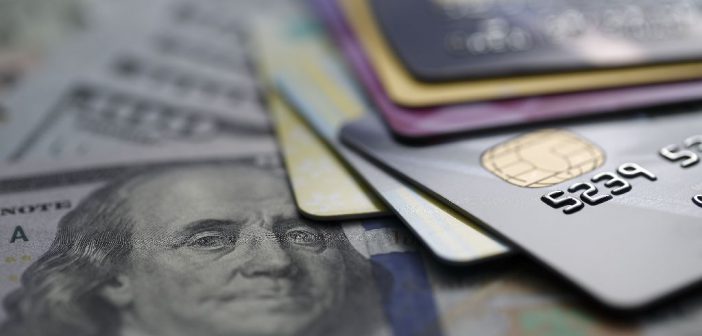By Alfredo Ortiz
According to a Gallup Poll, only 24 percent of Americans use cash on a regular basis.
The statistic is not surprising. Americans in general have been increasingly gravitating towards the use of credit and debit cards over the past 20 years and new apps, such as Apple Pay, are boosting popularity further.
But the rise of plastic has not gone without negative side-effects. Traditional competitive pressures that would usually keep prices low are not plentiful in the credit card market. This is because two credit card companies control over 80 percent of market share – effectively creating an oligopoly and all the problems that come along with it.
The lack of competition allows these firms to employ a money-making tactic called swipe fees. Every time someone swipes their card to complete a purchase, the merchant is required to pay a fee to the card provider – many times unbeknown to the customer. While a slight fee may be justified by the need for credit card companies and banks to generate revenue, many small businesses think they have gone beyond a reasonable level.
As AAHOA members know, business owners fork over between 23 cents and $4 per transaction. Although that may not seem like a big deal, it adds up quickly and can create financial troubles for many businesses. In fact, over the course of a given year, credit card companies and banks can rake in over $79 billion in hidden swipe fees. All of a sudden, that small amount of money is now a very large fortune.
For large companies and corporations, these extra costs may not cause ledgers to go into the red, but for small businesses that have tight budget constraints, the consequences could be dire. Small fluctuations in business costs may lead to a business being forced to close its doors and the job opportunities it provides to be eliminated.
Hotels – many of which are considered small businesses – often fall into this category.
While hotels enjoy a comfortable profit margin at the moment, they have historically fluctuated greatly. For example, in 2012 profit margins dropped to just 2 percent. And when there’s a hidden superfluous business cost every time a guest swipes their card to stay in one of the 4.9 million guest rooms in the U.S., that margin can shrink to dangerous levels – forcing small business entrepreneurs to go belly-up.
Small businesses are already having enough trouble as is. A new poll conducted by the Job Creators Network concludes that 70 percent of small business owners say that high taxes and tax complexity threaten the viability of their businesses. Furthermore, a majority of small business owners say that recent increases in government requirements – like the healthcare mandate, minimum wage hikes and other regulations – are negatively impacting their businesses. It’s no wonder. According to the Competitive Enterprise Institute, Americans spend $1.8 trillion a year to comply with federal government regulations.
Small businesses already have a rough time staying afloat because of the hidden costs associated with federal regulations. Let’s not keep piling hidden swipe fees onto their plate as well. As Congress starts to examine swipe fees again, it’s important for politicians to realize who is paying the bill – small businesses and the consumers they serve. That way small businesses, including those in the hotel industry, can keep providing beneficial services, creating jobs and investing back into their communities. ■
Alfredo Ortiz is the president and CEO of the Job Creators Network. For more information, visit JoinJCN.com.




